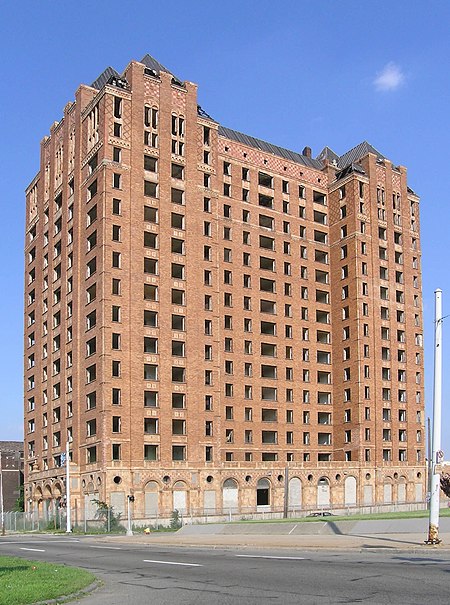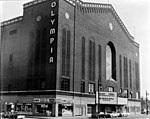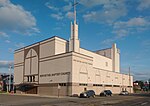Lee Plaza (Detroit)
1928 establishments in MichiganApartment buildings in DetroitArt Deco architecture in MichiganNational Register of Historic Places in DetroitResidential buildings on the National Register of Historic Places in Michigan ... and 2 more
Residential skyscrapers in DetroitUnused buildings in Detroit

The Lee Plaza (also known as the Lee Plaza Hotel or Lee Plaza Apartments) is a vacant 16-story high-rise apartment building located at 2240 West Grand Boulevard, about one mile west of New Center along West Grand Boulevard, an area in Detroit, Michigan. It is a registered historic site by the state of Michigan and was added to the United States National Register of Historic Places on November 5, 1981. Designed by Charles Noble and constructed in 1929, it rises to 16 floors and is an excellent example of Art Deco architecture of the 1920s.
Excerpt from the Wikipedia article Lee Plaza (Detroit) (License: CC BY-SA 3.0, Authors, Images).Lee Plaza (Detroit)
West Grand Boulevard, Detroit
Geographical coordinates (GPS) Address Nearby Places Show on map
Geographical coordinates (GPS)
| Latitude | Longitude |
|---|---|
| N 42.359444444444 ° | E -83.101666666667 ° |
Address
West Grand Boulevard
48208 Detroit
Michigan, United States
Open on Google Maps







